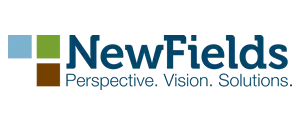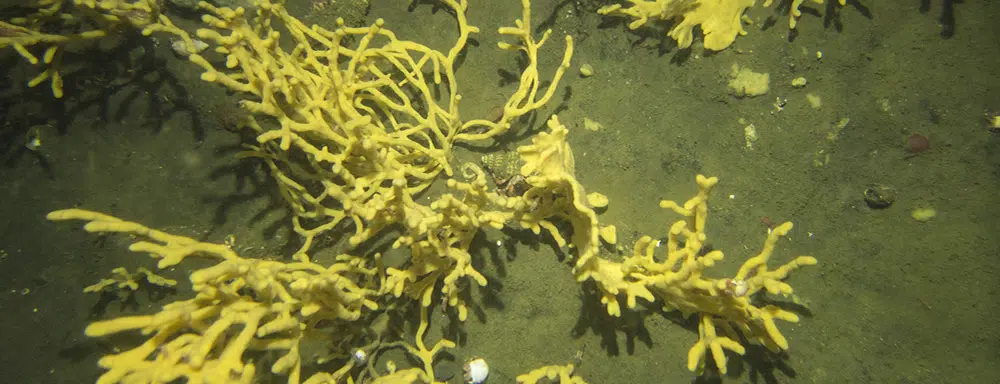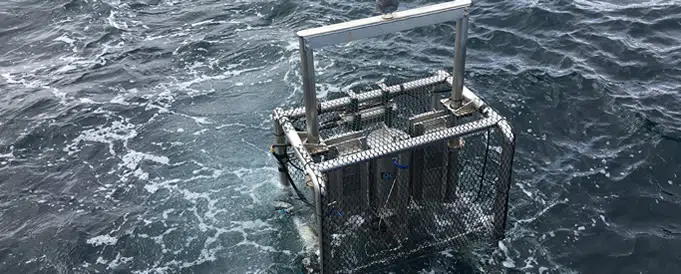>> Download a printable pdf of this datasheet
Providing innovative, cost-effective solutions for managing complex environmental issues in aquatic settings.
Have a challenging sediment issue that needs a holistic approach to a solution?
NewFields’ experts can help you overcome challenging issues in aquatic environments to achieve your business objectives and maintain regulatory compliance. Our sediment programs require a variety of technical disciplines to address various media, complex site exposure pathways, and multiple contaminants of concern. We provide the technical expertise and experience to meet our clients’ objectives in a cost-effective manner. Services include:
- Aquatic Habitat Assessment, Monitoring, and Resource Management
- Contaminated Sediment Management
- Natural Resource Damage Assessment
- Human Health and Ecological Risk Assessment
- Dredged Material Management
- Chemical Fate & Transport
- Unmanned Aerial System (UAS) and Unmanned Surface Vessel (USV) Operations
- Remedial Investigations/Feasibility Studies (RI/FS)
- Strategic Planning
- Site Assessment & Characterization
- Source Identification/Allocation
- Seafloor Investigation and Monitoring
- Sediment Profile Imaging
- Geospatial Analysis and Modeling
- Fish & Shellfish Studies
- Remedial Action/Oversight
How We Can Help
NewFields is known for customizing solutions to meet the unique challenges faced by our clients. We know that most projects don’t fit neatly in a box. Below are some of the most common services we provide for sediment management and marine science services.
- Source ID/Allocation
We use a multivariate statistical approach and un-mixing models to maximize the value of existing site chemical data to reveal independent underlying patterns in the data. The findings can be related to spatial patterns and used to identify and quantify sources through a deep understanding of sediment processes and human activities at the site. This can be applied along with a cost evaluation of cleanup alternatives to determine the financial liability associated with in-water remediation cost.
- Sediment Characterization
We specialize in standardized and innovative techniques to determine the nature and extent of sediment contamination, physical characteristics, toxicity, and bioavailability of contaminants to higher trophic levels. Our team utilizes strategic planning and tiered sampling programs, drawing from an extensive set of sediment sampling and survey tools to develop an efficient and cost effective approach.
- Human Health and Ecological Risk Assessment
We critically evaluate exposure point concentrations, exposure pathways, and assessment endpoints in characterizing risks from contaminants in sediment and aquatic systems. Our approach seeks to minimize/quantify uncertainties to increase the confidence in risk-based management decisions.
- Sediment Profile Imaging
SPI is a specialized technology and methodology used by our experts in combination with traditional sampling techniques to add tremendous value to sediment investigations. Widely accepted as an investigation tool, SPI rapidly generates profile and plan view images of the seabed to effectively extend the footprint of sampling results by calibrating image analysis metrics with physical/chemical/biological site data. SPI can inform a tiered sampling approach where benthic conditions can be rapidly imaged and potentially impacted areas may be delineated, or targeted for further investigation while in the field.
- Strategic Planning
Sediment programs require a variety of technical disciplines to address various media, complex site exposure pathways, and multiple contaminants of concern. These technical complexities are further compounded by the demands from multiple regulatory layers and environmental requirements, competing stakeholder interests, as well as cost and time constraints. We have focused on an operating model where our experts are given the freedom and resources to apply innovative solutions and to seek resolution of the unique issues facing our clients.
- Remediation
Upon identification and approval of the appropriate remedial action, we will contract, implement, and monitor the program to a successful conclusion.
Case Study
CHALLENGE
Upon identification and approval of the appropriate remedial action, we will contract, implement, and monitor the program to a successful conclusion.
THE APPROACH
We begin by analyzing the portfolio of the existing site history, environmental data collected to date, and laboratory reports associated with any chemical analytical results. This distillation and evaluation process often results in a better understanding of existing data gaps, priority areas for remediation/source control, and may or may not involve targeted field investigation informed by geostatistical modeling of uncertainty. If additional data collection is warranted, our experts handle study design, sampling and analysis plan preparation in accordance with regional management guidelines, sample collection, laboratory coordination, data analysis and reporting, and communication with regulating agencies to implement an efficient and cost effective path forward.
NewFields’ approach to sediment management focuses on maximizing value through the use of advanced geospatial and multivariate statistical analysis techniques to extract useful information from existing site data to inform contaminant source identification and remedial strategies.
The NewFields Difference
Marine and aquatic settings present numerous challenges for collecting, analyzing, and interpreting environmental data. These challenges represent cost and uncertainty relative to traditional upland investigations. Our combination of knowledge and training, extensive experience, and innovative technological solutions separate us from other firms. NewFields’ culture of creativity and innovation promotes new ways of approaching old problems. Our organizational structure allows staff to incorporate new ideas and technology to ensure that we are at the forefront of applied academic and technical advances. We utilize advanced technologies such as remotely-operated platforms (UAS and USVs) and Sediment Profile Imaging (SPI) to provide visual documentation of site conditions and physical features to further support informed decisions.
- Flexible contracting options with a focus on efficient project management
- Customized solutions and responsive customer service
- Cutting-edge technology and innovative research methods
- Data-management solutions focused on efficiently managing today’s “big data”
Let us help you with your next project and experience the NewFields difference!



 Facebook
Facebook Instagram
Instagram LinkedIn
LinkedIn Twitter
Twitter
